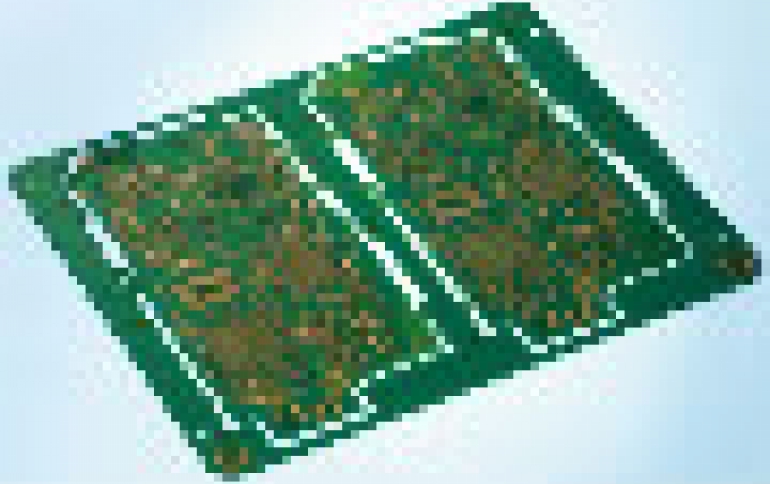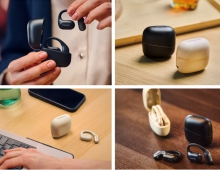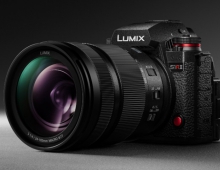
Panasonic Develops Folding Substrate for Mobile Devices
Panasonic has developed a foldable substrate that enables the manufacturing of thin profile, high-density, lightweight circuit boards. This could pave the way for making wearable smartphones at the shape of a watch.
Substrates currently used in smartphones consist of glass resin, and layers of substrates are configured to produce circuits. But because these hard substrates cannot be folded, the only way to save space is to use many small substrates connected by wiring, which also poses limits to the amount of electrical current flowing through them.
Researchers were looking for ways to make the substrate softer to eliminate the need for wiring.
 Panasonic has developed mass production technology for its ALIVH-F (Any Layer Interstitial Via Hole) resin circuit boards which use polyimide film for their substrate. This enables the manufacture of thin profile, high-density, lightweight circuit boards.
Panasonic has developed mass production technology for its ALIVH-F (Any Layer Interstitial Via Hole) resin circuit boards which use polyimide film for their substrate. This enables the manufacture of thin profile, high-density, lightweight circuit boards.
By reducing thickness by approximately 30%, weight by 35% and the inter-layer via hole diameter by 25% compared to current substrates in use, it has been possible to increase the circuit density of the board.
Because the substrate can be folded to save space, a larger than normal battery can be installed in the device. The product also is more resistant to shock.
The development of a substrate that is flexible and can be stored in a compact manner increases the possibilities of developing other electronic equipment, Panasonic said.
Among the elements that would be needed to develop a wristwatch-type smartphone are a band that does not transmit heat to the user's skin as well as a flexible display panel.
Panasonic plans to start shipping samples of the newly developed ALIVH-F are in June 2012, with mass-production planned for December 2012.
The ALIVH-F will be exhibited at the JPCA Show to be held in Tokyo Big Site on June 13 to 15, 2012.
Researchers were looking for ways to make the substrate softer to eliminate the need for wiring.
 Panasonic has developed mass production technology for its ALIVH-F (Any Layer Interstitial Via Hole) resin circuit boards which use polyimide film for their substrate. This enables the manufacture of thin profile, high-density, lightweight circuit boards.
Panasonic has developed mass production technology for its ALIVH-F (Any Layer Interstitial Via Hole) resin circuit boards which use polyimide film for their substrate. This enables the manufacture of thin profile, high-density, lightweight circuit boards.
By reducing thickness by approximately 30%, weight by 35% and the inter-layer via hole diameter by 25% compared to current substrates in use, it has been possible to increase the circuit density of the board.
Because the substrate can be folded to save space, a larger than normal battery can be installed in the device. The product also is more resistant to shock.
The development of a substrate that is flexible and can be stored in a compact manner increases the possibilities of developing other electronic equipment, Panasonic said.
Among the elements that would be needed to develop a wristwatch-type smartphone are a band that does not transmit heat to the user's skin as well as a flexible display panel.
Panasonic plans to start shipping samples of the newly developed ALIVH-F are in June 2012, with mass-production planned for December 2012.
The ALIVH-F will be exhibited at the JPCA Show to be held in Tokyo Big Site on June 13 to 15, 2012.





















